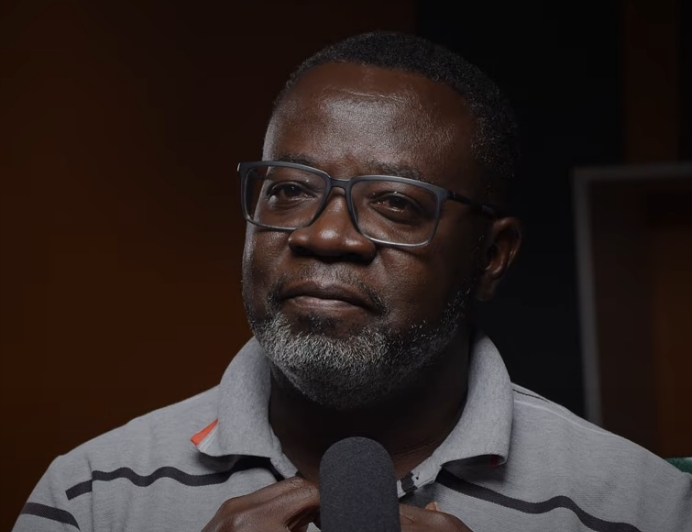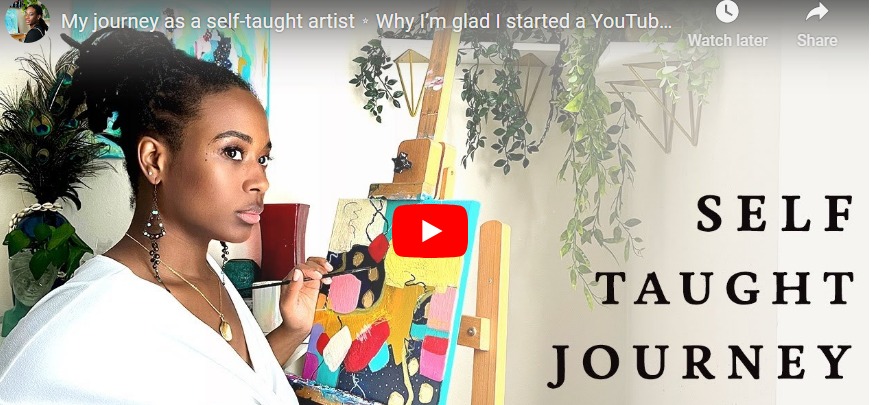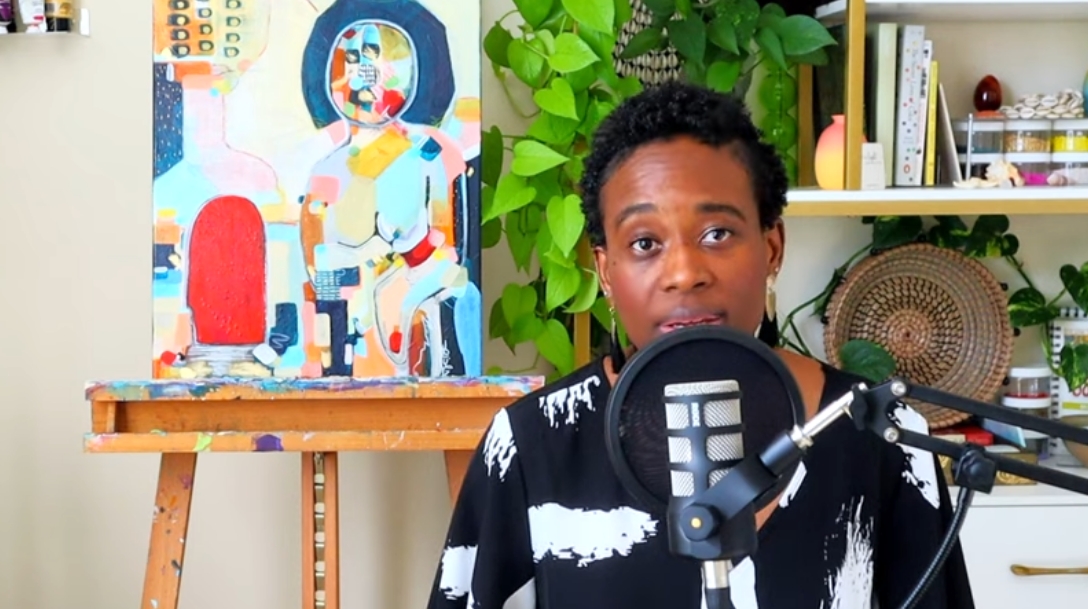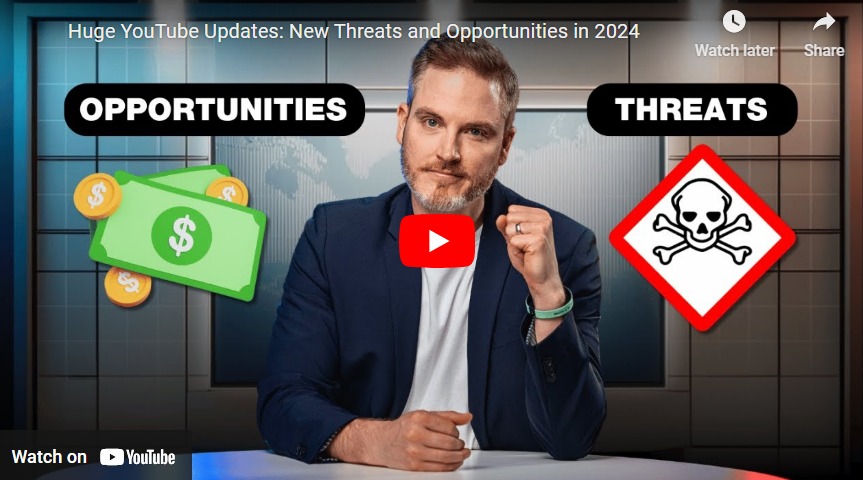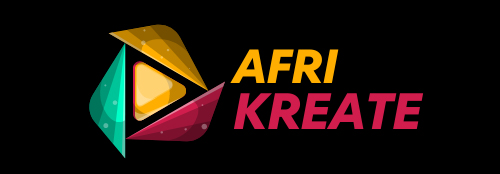Embracing Failure: Lessons from a Political Setback
Failure is an inevitable part of any journey to success, and the experiences we have with it can shape us in profound ways. In this blog, I want to share my personal story of facing not one, not two, but three significant failures in the political arena, and how those setbacks ultimately became the foundation for my success in the business world.
The Devastating Impact of Failure
In 2017, I ran for a political seat, fully confident that I would emerge victorious. Every indication pointed to a sure win, and I was charged up, dreaming of the opportunities that would come with the role. But when the results came in, I was devastated to learn that I had lost. It was as if a beautiful rose had been plucked from my hand, and the pain was excruciating.
The experience was akin to losing a loved one – a parent, a child, or a spouse. I had never felt such intense emotional turmoil before, and it threatened to consume me entirely. The support system that had been so strong during my campaign seemed to vanish, leaving me feeling alone and adrift.
Failure, in that moment, felt like a stench that clung to me, making it difficult for others to even want to be associated with me. The weight of the defeat was overwhelming, and it would have been easy to succumb to the despair and give up entirely.
Embracing the Lessons of Failure
However, as difficult as that experience was, I knew that I couldn’t let it define me. I had to find a way to move forward, to learn from the mistakes and setbacks, and to use them as a springboard for future success.
One of the key lessons I learned is that failure is not something to be feared, but rather an inevitable part of the journey to success. It’s not something that we plan for, but rather something that just happens, like a sickness or a plague that strikes without warning. The true test, then, is not in avoiding failure, but in how we handle it when it comes.
I realized that I had been so caught up in the dream of winning the political seat that I had failed to prepare for the possibility of failure. I had been blinded by my own passion and excitement, much like a newlywed couple who can’t fathom the idea of their love not lasting. But when the reality of failure hit, it was devastating.
Turning Failure into Fuel for Success
As I grappled with the aftermath of my political defeat, I knew that I had a choice to make. I could either let the failure consume me, or I could use it as fuel to propel me forward. I chose the latter, and it was a decision that would ultimately shape the trajectory of my career.
I began to examine the lessons I had learned from my failures in politics, and I realized that many of them were directly applicable to the world of business. The resilience and mental toughness I had developed in the face of adversity became invaluable assets as I navigated the ups and downs of entrepreneurship.
Moreover, I discovered that the very qualities that had made me a strong candidate in the political arena – my passion, my drive, and my unwavering belief in my abilities – were the same qualities that would serve me well in the business world. I just needed to learn how to channel them in a more constructive way.
Failing Forward: Strategies for Success
As I reflect on my journey, I realize that the key to success lies not in avoiding failure, but in embracing it and learning from it. Here are some of the strategies I’ve developed for turning setbacks into stepping stones:
- Cultivate a Growth Mindset: Approach failure as an opportunity for growth and learning, rather than a personal shortcoming. Embrace the challenges and use them to expand your skills and knowledge.
- Develop Resilience: Building the mental toughness to bounce back from failure is crucial. Practice self-care, seek support from loved ones, and keep your focus on your long-term goals.
- Analyze and Learn: Carefully examine your failures to identify the root causes and the lessons they hold. Use this knowledge to inform your decision-making and improve your strategies going forward.
- Celebrate Small Wins: Acknowledge and celebrate the progress you make, even if it’s incremental. This can help sustain your motivation and momentum during challenging times.
- Embrace Adaptability: Be willing to pivot and adjust your approach as needed. Rigid thinking can often lead to failure, while flexibility and agility can open up new paths to success.
Remember, failure is not the end of the road – it’s just the beginning of your success story. By embracing the lessons it has to offer and using them to fuel your growth, you can transform setbacks into stepping stones and achieve the goals you’ve set for yourself.
“Failure is not the opposite of success; it’s part of success.” – Arianna Huffington
So, take heart, my fellow entrepreneurs and business leaders. The road to success is paved with failures, but with the right mindset and strategies, you can navigate those challenges and emerge stronger than ever before


